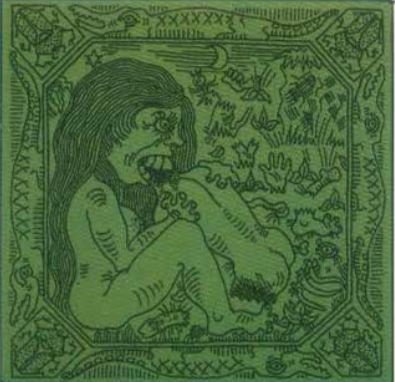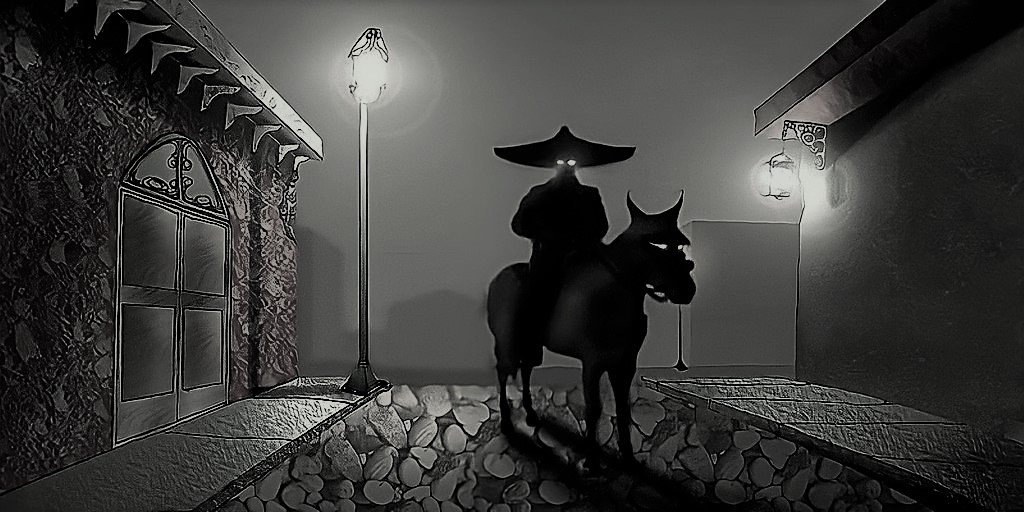The Haunted Skull at Chilton Cantelo, Somerset, England
If you walk into the Higher Chilton Farmhouse in Somerset, England you’ll spot a cupboard hanging high up on the wall directly across the front door. Inside, you’ll find a skull missing its lower jaw but otherwise completely intact and harmless.
Be warned, if you move the skull, the spirit of its owner will wreak havoc until he is returned to his rightful place. But just who did the skull belong to and why is he deadset on staying at Higher Chilton Farm?
The Skull of Theophilus Broome
The 17th century was a turbulent time for the English monarchy with a series of civil wars dividing the country. One soldier who fought on the King’s side (Royalists) was Theophilus Broome (sometimes spelled Brome) of Chilton Cantelo. According to some versions of the story, after seeing the depravity of the King’s army, Theophilus switched sides and joined the Parliamentarians under Oliver Cromwell.
In the end, King Charles II regained the crown and in 1661 ordered the posthumous execution of Oliver Cromwell along with several others. Theophilus witnessed their bodies dug up, mutilated in public showing, and beheaded. Their heads were then displayed on poles outside of Westminster Hall for several years.
Fearing this too would happen to him, Theophilus returned to the Higher Chilton Farm that he shared with his sister in Chilton Cantelo and had her agree to several specific requests. Upon his death, she was to remove his head and preserve it in the house while his body was to be buried at the nearby church. Theophilus believed this would prevent anyone from desecrating his body after his death; his sister agreed.
On August 18th, 1670 at the age of 69, Theophilus Broome passed away, and just like his sister agreed, she separated his skull from his body. According to legend in the following centuries, all those who attempted to move his skull out of the house or bury it were haunted by angered poltergeist activity until it was returned.
Stock image but let’s be honest how different do skulls look?
Another version of the legend, which appeared in the 1980 Thoroughfare Magazine in Chilton Cantelo, says Theophilus Brome was always a Parliamentarian opposing the King. In 1646 he was involved in a battle on Babylon Hill where he was seriously injured and was taken to the farmhouse to recuperate.
As he lay dying from his wounds, he made his final request to be decapitated and forever stay in the farmhouse.
Digging up the Truth
The first recorded instance of the story was written in John Collinson’s History and Antiquities of Somerset, published in 1791 over a hundred years after Theophilus’s death. Here, Collinson never mentions Theophilus switching sides in the war or even fighting in the Civil Wars. Notably, he does write that he has seen the skull and has visited the gravesite which shows Theophilus’s date of death as August 18th, 1670.
He further adds that many tenants of the house have attempted to bury the skull, but each time, they hear terrifying sounds in the night or see things thrown around on their own until the skull is returned.
The last attempt to bury the skull was around 1760 when the Church caretaker made an attempt but, almost immediately when digging, his spade broke in two. The Caretaker took this as a sign and returned the skull to its rightful place.
In the 20th century, the farm came under the ownership of the Kerton family who kept the skull in its rightful place along with a visitor’s book with dates going back to 1829. Though the visitor’s book is said to list the supernatural occurrences that have occurred whenever the skull was moved, I could not find any copies or pictures of it.
One occurrence that I could find was written by a woman in the 19th century, Ann Dunman, who writes an account similar to the one found in John Collinson’s History of Antiquities of Somerset involving the caretaker. Though in Ann Dunman’s version, it’s not the caretaker but a farmer so it’s hard to tell if the accounts are of the same incident.
Other Undocumented Claims
Apart from the documented claims, there have been several stories passed around that blame the skull for several deaths. In a webinar from the Association for the Scientific Study of Anomalous Phenomena, Caroline McKendrick details the following incidents. The first occurred back in the early 18th century wherein a man attempting to bury the skull on church grounds was hit on the head by a falling roof slate.
The second incident involves two researchers in 1977 who disrespected the skull by touching it with their bare hands, made jokes, and questioned whether the skull really was Theophilus’s. After leaving the farm one researcher dropped a lit cigarette onto his pants, igniting them, and causing serious burns.
The other researcher claimed to see a car appear out of nowhere with bright headlights causing him to swerve and crash. In one version he survived but in another, he died.
You can listen to Caroline McKendrick’s full webinar “Ghosts of Somerset” by clicking the YouTube link in the sources section below or click here to go directly to the section on The Screaming Skull of Chilton Cantelo.
The Screaming Skull
According to the Kertons, the skull has not moved since 1826 but legends still persist including a prominent one that claims the skull screams when moved. During my research, I found plenty of articles claiming the Chilton Cantelo skull was a screaming skull but there were no sources to back up any of those claims.
When asked by a researcher about the screaming skull claims, Mr. Kerton in 1990 put it best;
“I would be interested to hear where the ‘screaming skull’ information came from; my family have lived here for 75years and he has always been a quiet and respected gentleman.”
Other Sources
Learn a Little Bit of Everything!
Myths, Mysteries, & Monsters















